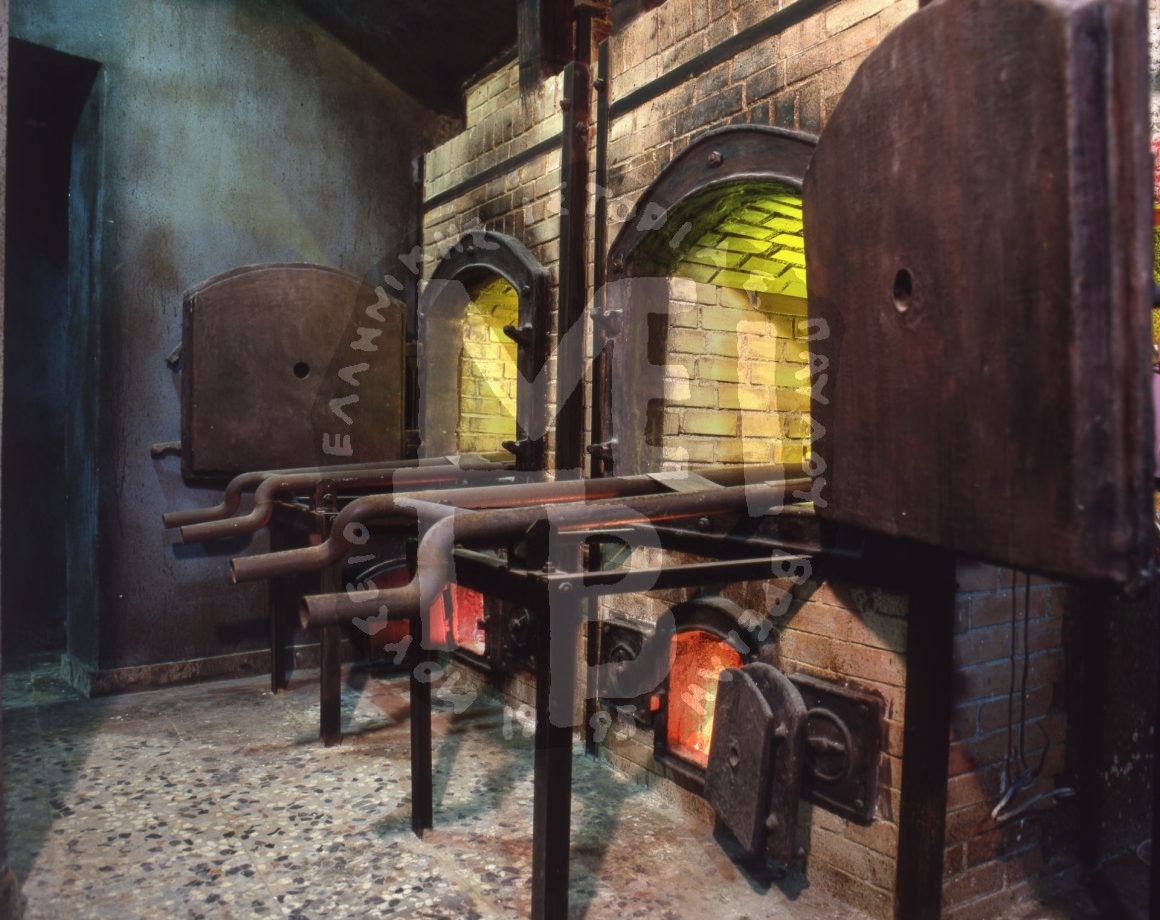“About 50 million human souls was the death toll of World War Two, a war triggered by Italian Fascism and German Nazism.
In Germany there had been camps for hard labor and extermination of political rivals since 1934. About 40 camps of that kind were made aiming at the elimination of human beings; camps like those of Dahau, Auswits, Birkenau, Buhenwalt, Mathaousen… Men who lost their identity, abruptly cut off from their previous life, would die of hunger, diseases, exhaustion, tortures and hardships. Those who survived were used for hard labor within the borders of the camps. The systematic way of the elimination of prisoners was criminal, inhumane and beyond any ill thought. Not even guinea pigs would have such treatment and impersonal end like executing in gas chambers, and burning in furnaces. All this, after they had been subjected to experiments, humiliation and a number of tortures which only the worst of misanthropes could have invented and the cruelest people could have executed.
Many nations were hurt by this evil, born by part of the then society and condemned by the whole of the present humanity. The losses were incomparably graver for some nations; more than 6 million Jews – among them Jews living in Holland, France, Belgium, Poland, Greece, Germany etc, some 17 million Russians, 4,300,000 Polish etc.
Leaving the theme of ‘Ro’ behind, on the other side of the corridor wall, we see an opening. Going nearer we see another opening, at the end of which is the theme of the German furnaces.
Two friends of mine, at different times, took photos of two of the many furnaces in Dahau, from different angles. It was the most valid source I had, along with their accounts. I built them almost in their natural size. I used compact bricks, heat-resistant bricks, iron and pipes. The furnaces doors are from solid polystyrene, fine gauze, gypsum with glue and a special patina so that they look as if they are made from cast iron. The furnaces are purposefully placed not vertically to the corridor but at an angle. The first reason I did it is because, in this way, they do not directly trigger horror to the visitors and secondly, the visitors can discover this theme on their own, at a small visual angle of 15 degrees.
I created a depressing atmosphere of this place of martyrdom by means of color and light. On the outside of this place there is, supposedly, the fence of the camp. Few remains of clothes and ashes, and absolute absence of any form or figure, can tell more of what defies description. I devote this theme to all people who lost their life in camps of this kind. Personally, I will never forget my high school classmates, who were among the 1,850 Jews from Ioannina who perished back then.”

